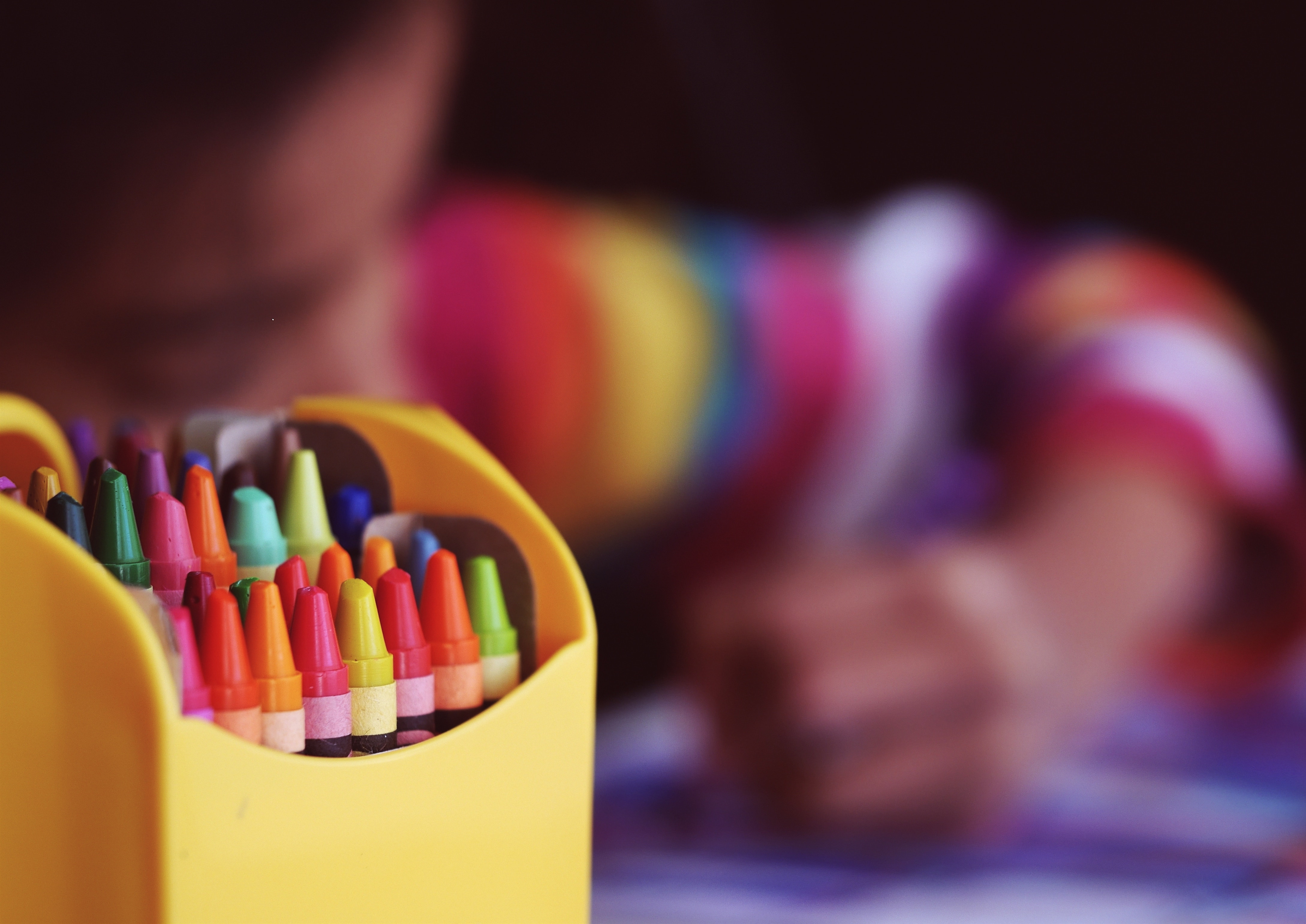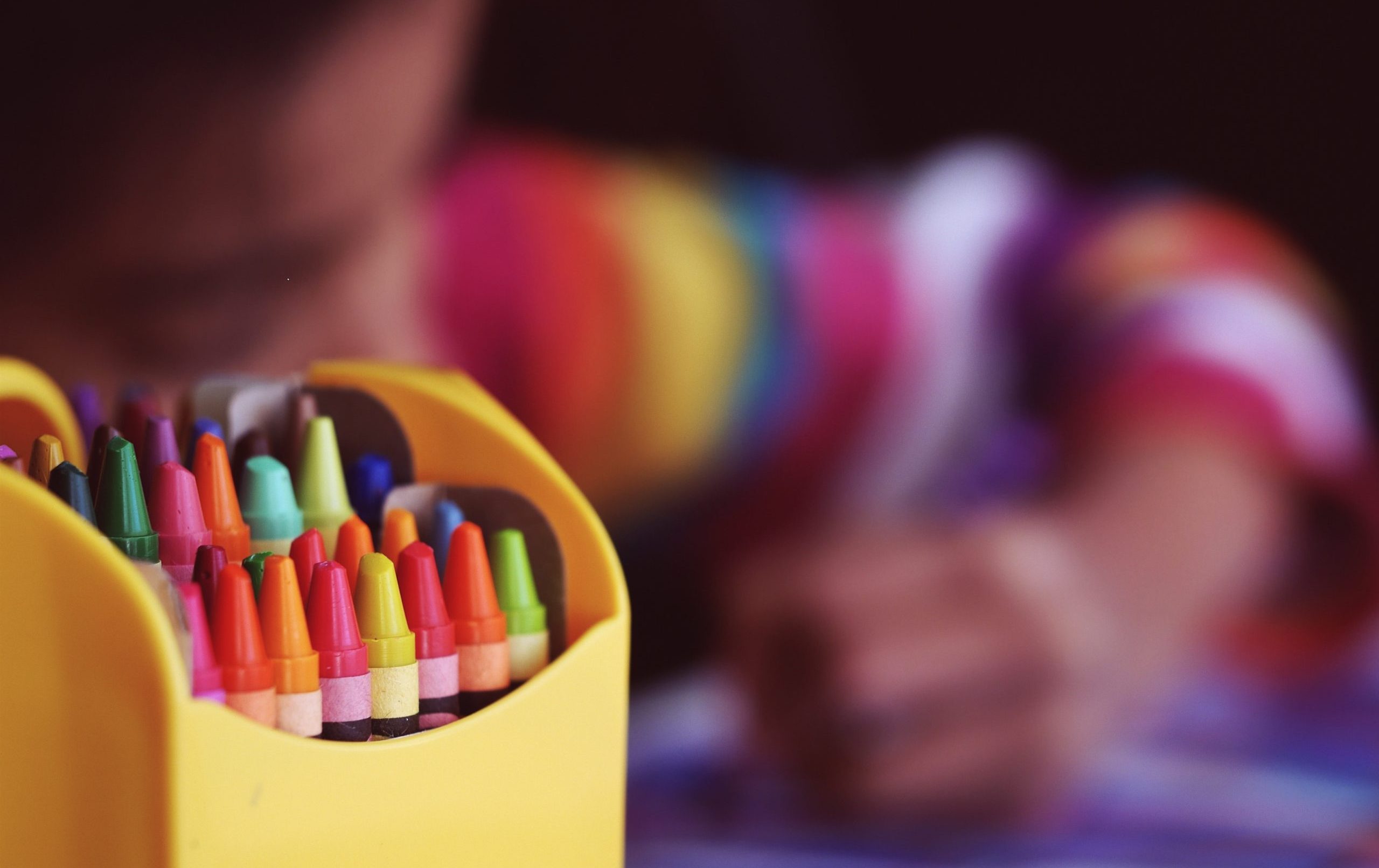As Autumn begins here in Ontario, many children are starting to settle into their new school routine, coming home with exciting stories about their day and excitement for the next day’s activities. Or, if you are like one of the many families I see every week, maybe this is the time of year when the letters and phone calls from your child’s teacher start flowing in, when you sit down to a meeting with the school staff to talk about what to do about your child’s ‘disruptive’ behaviour, when the nightly arguments about homework and bedtime begin, and when you start to worry about the struggles of last year repeating on an endless loop. If this is you – you are not alone, and neither is your child.
Many children with ADHD have difficulty with the everyday tasks of the regular school routine, like sitting still, transitioning between activities, finding the motivation to get started on homework, focusing on what their teacher or parent is asking of them, remembering where they put things and what they need to do next, and staying calm when they get frustrated or overwhelmed. In the last two blog posts we have talked about What ADHD Is (click here to read more) and The Impact of ADHD on Executive Functions (click here to read more). Today we talk Strategies. What can we, as adults, DO to help children with ADHD focus, get things done, transition, and stay calm?
Here are my top five tips for adults who parent or teach children with ADHD:
1. Open Communication: Talk openly with your child about ADHD and what it means. Read children’s books about ADHD to help them understand (I will add a few book recommendations at the end of this post). Remind yourself and your child that they are not ‘bad’ (children with ADHD often feel this about themselves) or doing ‘bad things on purpose’, that they are trying their best and that their brain works a little differently than other brains. It is also important that school staff and parents talk openly about symptoms and strategies to help bridge strategies between home and school. Your child will most likely do better if everyone is talking openly and using the same strategies to help them succeed.
2. Ask for Help: Parents of children with ADHD often feel overwhelmed, exhausted, and can even blame themselves for their children’s misbehaviour or poor school performance. Remind yourself that ADHD is no one’s fault and can require extra support. You don’t have to have all of the answers. I recommend reaching out to a trusted mental health professional to gain extra support.
3. Transition Warnings: Children with ADHD can have difficulty transitioning between activities – like ending play to go eat dinner, or ending art to start math. Use visual and auditory transition warnings before ending one activity to begin another. Let your child know when there is 5 minutes left of play, then set a timer together (maybe on your phone) so they can see the countdown and hear the alarm that means it is time to clean up and come eat dinner. When the alarm sounds, follow through and help your child clean up their activity and move on to the next.
4. Break Tasks into Small Steps: For a person without ADHD, being told to ‘take the dog for a walk’ or ‘set the table’ seems like a simple, reasonable request. However, for the brain with ADHD these requests can feel confusing and overwhelming. There are a lot of steps that go into setting the table that we may not think about – but that the brain with ADHD thinks about. A child will ADHD may think about needing to count plates, put plates on the table, count cups, put cups on the table, do we need spoons, forks, or knives? Do we add milk to the table or water? What if the table is dirty, where is the cloth to clean it? Fewf! It seems overwhelming and they aren’t sure where to start. So, when making a request of a child with ADHD, break it down into small steps, make those steps visual by writing them down, or taking pictures of each step and putting it on the wall, and then prompt them with one step at a time.
5. Visuals, Visuals, Visuals: Children with ADHD can have a hard time remembering everything they need to do to get ready for the day, ready for bed, complete their chores, etc. Make daily tasks visual by creating visual routines and lists to help them stay focused and stay on tasks. Place the lists in the area where the task is performed. For example, in the bathroom you may put a list of all the things that need to happen before bed: use the toilet, flush, wash hands, brush teeth, then go to the bedroom for pj’s and stories. You can create the list using words or add pictures of your child performing each task. You can also make visual boards of house rules along with rewards and consequences for following or not following rules. This can help children remember what to expect.
So much of supporting children with ADHD comes from shaping the environment around them to help them succeed. Yes, counsellors (like myself) can provide direct interventions with children with ADHD to help them learn emotion regulation strategies, strategies they can use to help them focus, and to rebuild self-esteem (many children with ADHD develop low self-esteem and a negative self-image), however, it is also important that the adults in their lives have strategies to help them succeed. We will continue to talk about more strategies for ADHD in future posts, but for now, I hope those top 5 will give you a good place to start.
Until next time,
Meg
Books for Children:
I Can’t Sit Still by Pam Pollack, Meg Belviso, and Marta Fabrega
Cory Stories: A Kid’s Book About Living with Adhd by Jeanne Kraus,

No responses yet